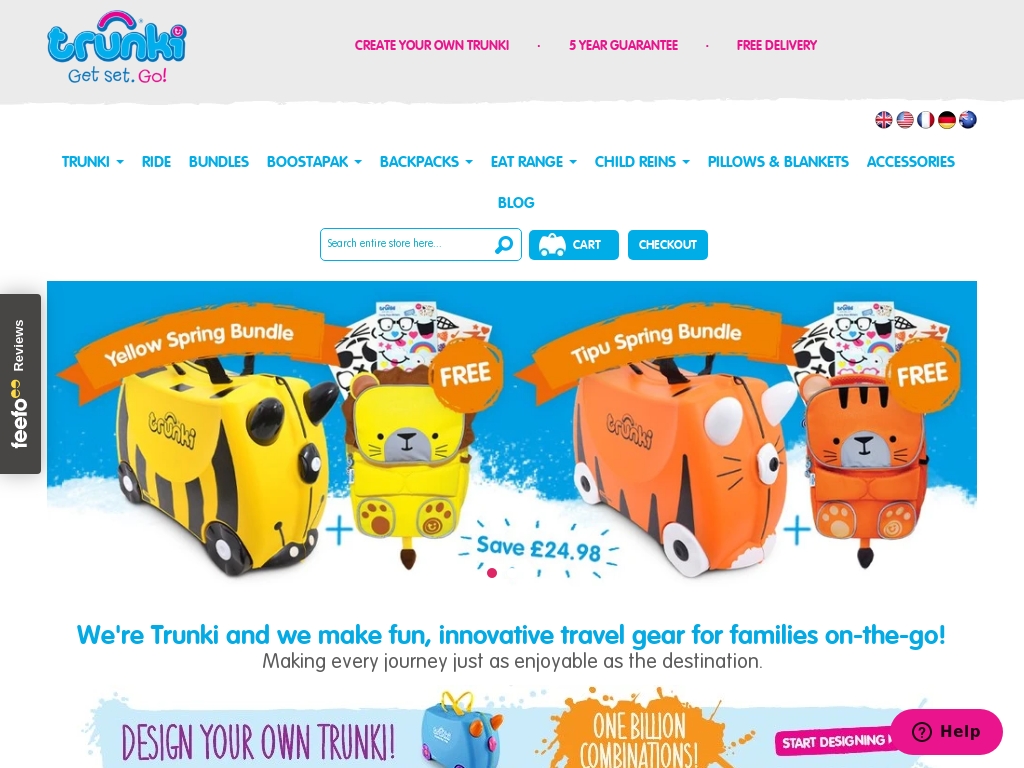
Kids Brand Success Stories [2024]
Starting a kids brand might just be the next big opportunity in your entrepreneurial journey. This business idea revolves around creating a line of products tailored for children, such as clothing, toys, educational materials, and accessories.
Developing a kids brand involves defining a unique identity that resonates with both children and parents. You’ll need to dive deep into market research to understand what appeals to your target audience. Engaging in design work, sourcing manufacturers, and ensuring your products meet safety standards are crucial steps.
The scope for creativity is immense. From whimsical designs to educational content, you have the chance to make an impact on young minds. Furthermore, the kids’ market is always in demand, offering a steady stream of potential customers.
While it’s not without challenges, building a kids brand can be incredibly rewarding. If you’re passionate about creating meaningful and enjoyable products for children, this business idea could be the perfect fit.
In this list, you'll find real-world Kids brand success stories and very profitable examples of starting a Kids brand that makes money.
1. Trunki ($12M/year)
Rob Law, founder of Trunki, came up with the idea for a ride-on suitcase for kids while browsing through a department store during his time as a product design student. He realized that ride-on toys wasted a lot of space and decided to create a suitcase that maximized internal space while also entertaining kids. After facing setbacks, such as a failed licensing deal and a humiliating experience on Dragons' Den, Law persevered and turned Trunki into a global brand, selling over 4 million suitcases in over 100 countries.
How much money it makes: $12M/year
How much did it cost to start: $15K
How many people on the team: 80

Trunki CEO and Founder Rob Law turned his innovative ride-on kids suitcase design into a global lifestyle brand, selling over 4 million suitcases in over 100 countries and earning £9.5 million in 2019, by understanding his customers and prioritizing customer service and reviews.
2. Continuum Games ($3M/year)
Greg Hughes, the founder of Continuum Games, Inc, came up with the idea for his business when he developed a card game called Discombobulation. Wanting to pursue his passion for games and toys, he quickly expanded his product line and launched a specialty toy distribution network. Today, the company generates $250k per month in the offseason, and up to $600k per month during peak season.
How much money it makes: $3M/year
How much did it cost to start: $15K
How many people on the team: 8

Continuum Games, Inc. President Greg Hughes started his toy and game distribution company with a $5 wholesale card game and today generates an average of $250k per month in revenue, rising to $600k in peak season from a combination of manufacturing and distribution of over 40 games.
3. Prodigi Kids ($42K/year)
While dining out with her 18-month-old daughter, Karen Braveheart witnessed a spaghetti-fueled disaster and decided to design a truly childproof plate, leading to the creation of Adi plate and launching Prodigi Kids after raising $400,000 in seed funding.
How much money it makes: $42K/year
How much did it cost to start: $400K
How many people on the team: 1

Prodigi Kids CEO Karen Braveheart raised $400k to develop the Adi plate; a suction plate for babies engineered to stay in place, and is working to grow production and market share despite the challenges faced due to COVID-19.

Download the report and join our email newsletter packed with business ideas and money-making opportunities, backed by real-life case studies.

Download the report and join our email newsletter packed with business ideas and money-making opportunities, backed by real-life case studies.

Download the report and join our email newsletter packed with business ideas and money-making opportunities, backed by real-life case studies.

Download the report and join our email newsletter packed with business ideas and money-making opportunities, backed by real-life case studies.

Download the report and join our email newsletter packed with business ideas and money-making opportunities, backed by real-life case studies.

Download the report and join our email newsletter packed with business ideas and money-making opportunities, backed by real-life case studies.

Download the report and join our email newsletter packed with business ideas and money-making opportunities, backed by real-life case studies.

Download the report and join our email newsletter packed with business ideas and money-making opportunities, backed by real-life case studies.













